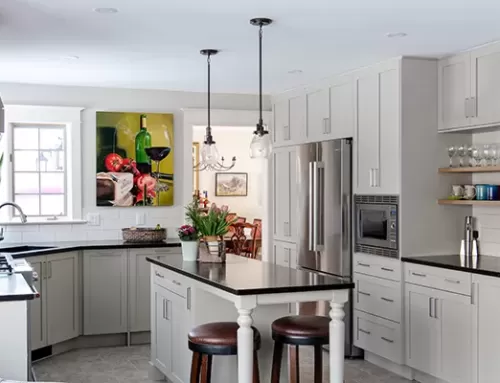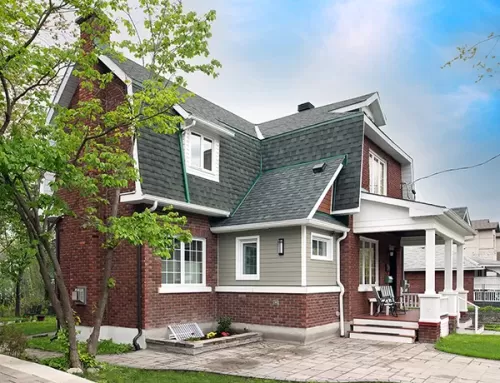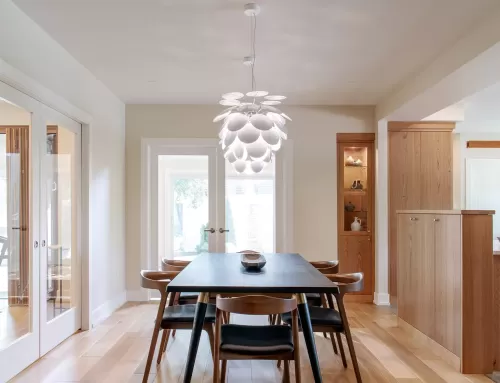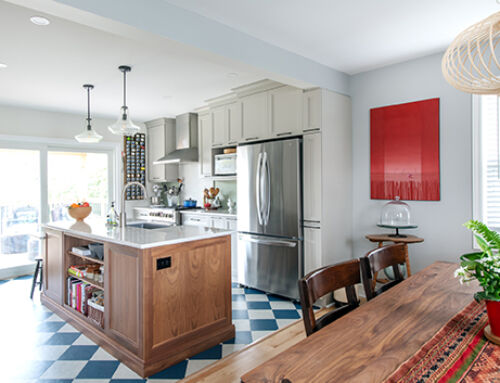Mosquitoes! Dreadful little winged vampires! I don’t know which is worse, the sound of their incessant buzz and whine or the anticipation of their attack. You get ready to swat, clap, and finish off the horrid varmint mid-flight. You fail, of course. And then you’re left with an itch that you can’t seem to scratch enough.
Mosquito species
You might rather not know this, but there are more than 60 species of the nasty critters in Ontario. Every single one of them seems to be out to get us on a warm summer evening. What are we to do?
Lathering with repellants is an option, of course; yet I recall, years ago, mosquito repellant actually melted the handle of my hammer. Since then, repellants don’t seem like such a good idea.
Options for surviving mosquitoes
Luckily, there are other options for us to be able to enjoy outdoor backyard living. Here are a few:
- Remove standing water
- Use fans
- Repair loose screens
- Build a gazebo
- Screen in a porch
Indoors and outdoors: a three-season room
But here’s the ultimate solution: an attached three-season room. It lets you live in a space that integrates the indoors and outdoors without being bothered by those miniature terrorists.
An attached three-season room gives you direct access to your home without worrying about how many mosquitoes invited themselves for dinner. Screen technology has improved significantly over the years, where outdoor living spaces can be totally open to the outdoors but closed to those vexatious brats when they arrive. Even garages can be used as three-season spaces.
Indoor-outdoor considerations
Such a space is a wonderful solution if you’d like to use your home as a cottage. It’s one of a number of ways you can live comfortably in summer, indoors and outdoors, without worrying about you-know-who.
If indoor-outdoor integration will be a concept for your next renovation, our experts at Lagois Design·Build·Renovate suggest these considerations:
- What will the sun exposure be? What are the views? What are the prevailing winds?
- Will you have a screened room or a gazebo?
- Is there traffic noise or mechanical equipment noise nearby?
- Will you consider a pool? Hot tub? Pools? Barbecue area? Outdoor kitchen? Outdoor fireplace?
- How do you see yourself enjoying the outdoors at home?
Sun exposure
If your sun exposure is west, the afternoon sun can become unbearable. But there are solutions: covered porches and verandahs (which can be screened), trellises, fixed or retractable awnings, for instance.
You’ll want to think about optimizing views or, conversely, hiding unsightly ones because what you see is critical to enjoying the outdoors.
Although wind can be comforting on hot summer days, wind can also be very annoying and disruptive.
A three-season room or gazebo offers protection from rain, wind and sun, too (not to mention bugs).
Traffic and other noise
Traffic noise can be greatly alleviated with landscape burms and materials or structural walls. Air conditioners and pool pumps can be located away from outdoor living areas.
For pools, most municipalities require fencing and minimum setbacks from property lines or septic systems. A pool fence should not obstruct views, and pools should be located such that parents can keep a watchful eye.
An outdoor fireplace can be gas or wood burning. Wood burning fireplaces have requirements for chimneys; gas fireplaces have the convenience of “flipping a switch”.
Protection from rain and sun
Awnings are another lovely idea because they create a cozy feel and shelter you from rain and sun. But you need to think about whether awnings are best for you because they might shade the interior of your home. Awnings are susceptible to wind damage; but on the other hand, the technology is good with automatic retraction when winds become too strong.
Screened porches often have some form of glazing (windows) as well. Gazebos (screened rooms detached from the main house or cottage) can be located to take advantage of vistas not possible form the main house or cottage, but they need to be located so they don’t obstruct views.
What’s underfoot?
Patios and decks come in all shapes and sizes: interlock, stamped concrete, stone, wood, and composite are just some materials that can be used either by themselves or in combination with each other. When you’re considering patios or decks, know that railings should be placed so they don’t obstruct views and integrate the entire yard.
The possibilities are endless with Lagois holistic design that takes into account everything you can think of, including mosquitoes.
No matter how many species there are. (Are you listening, you buzz bandits?)
- Herb Lagois

















